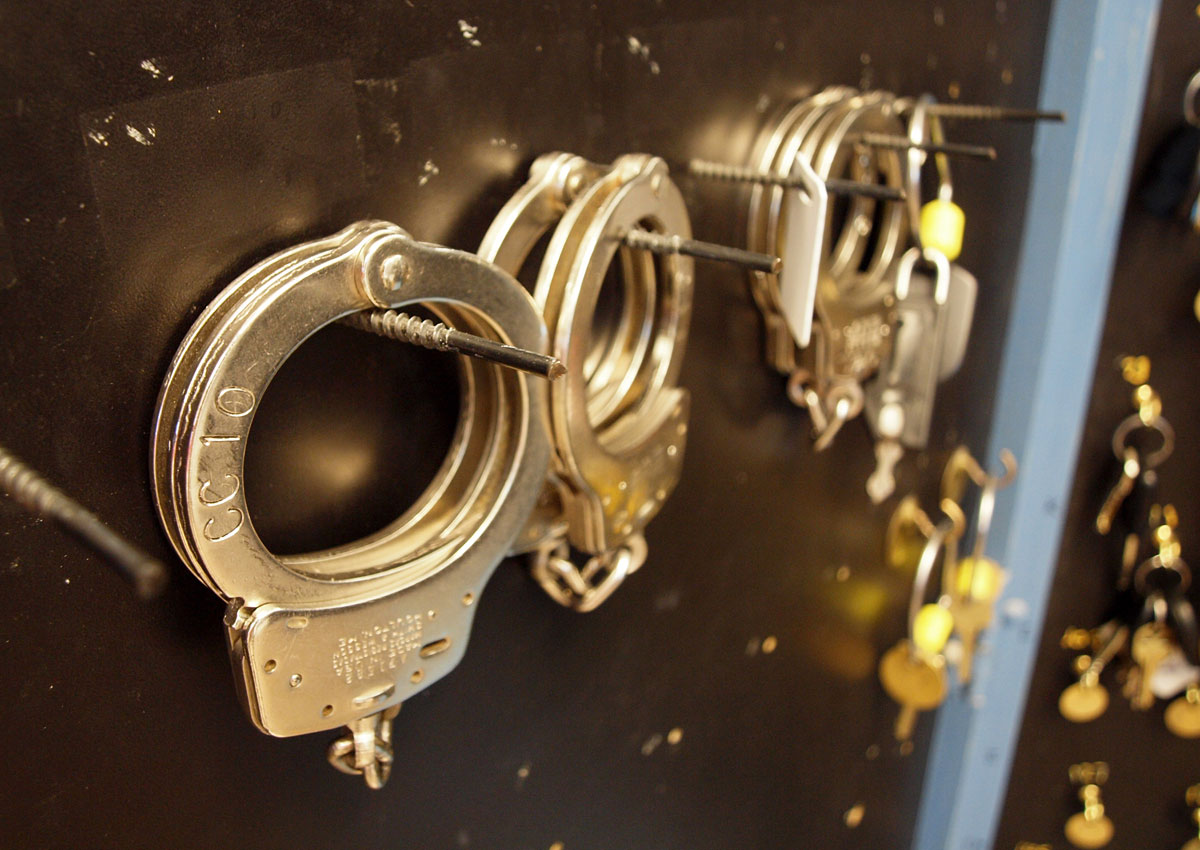
Guarding Against Self-Harm

A version of this story ran in the January 2016 issue.
Above: A new form is supposed to help jail officials better identify people who might hurt themselves, and provide jail staff with clear directions for dealing with them, but Texas sheriffs say the new requirements are an expensive, unfunded mandate.
Have you ever attempted suicide? Are you thinking of killing or injuring yourself today? Are you feeling hopeless or have nothing to look forward to?
If you are being booked into a Texas county jail and answer yes to any of these questions, you must be put on suicide watch, according to new guidelines crafted by the Texas Commission on Jail Standards. The revised one-page intake form, which jails across Texas began using in December, is the only tangible policy change since Sandra Bland’s apparent suicide in the Waller County jail in July. In the wake of her death, another 15 incarcerated Texans have taken their lives, intensifying pressure on authorities to improve the way jails handle people at risk for suicide.
The new form is supposed to better identify people who might hurt themselves, and provide jail staff with clear directions for dealing with them, according to jail commission Executive Director Brandon Wood. In Bland’s case, she told jail staff that she had attempted suicide before, but she wasn’t placed on suicide watch, which typically involves, at minimum, more frequent checks by guards. Instead, she was put in solitary confinement.
The broad nature of some of the questions (“Are you feeling hopeless?”) will likely lead to many more individuals being placed on suicide watch. Jail reformers warn that automatically putting everyone on suicide watch may not be the best policy. Michele Deitch, a professor at the University of Texas at Austin School of Law, said the decision should be made by a mental health professional, who can properly assess risk and prescribe a course of action. In some cases, sticking someone in an isolation cell — a com- mon practice — may increase the risk of self-harm.
Sheriffs are balking at what they characterize as an expensive unfunded mandate, requiring more staff.
A.J. Louderback, sheriff of Jackson County and spokesman for the Sheriffs’ Association of Texas, said the new guidelines will come with a cost, especially for rural county jails with limited budgets and no mental health professionals on-site.
“There’s nothing free about any of this,” Louderback said.
Under the new rules, if someone is put on suicide watch, guards must alert a supervisor, the local magistrate and a mental health professional. Another section of the new intake form includes questions about hearing voices or noises, and having feelings related to depression, anxiety and post-traumatic stress disorder. But the jail commission gives jails discretion over whether to involve a mental health professional in those instances.
Wood said his agency also plans to make mental health training available to jail officials.
Doug Smith is a policy analyst with the Texas Criminal Justice Coalition who spent several days on suicide watch in the Travis County jail in 2007. He describes the experience as “torturous” and said that low-level offenders with serious mental health issues shouldn’t be treated in jail.
“Why are we holding people in county jail who are more appropriate for a mental health type of intervention?” Smith said. “Is there not a better use for limited county dollars?”


